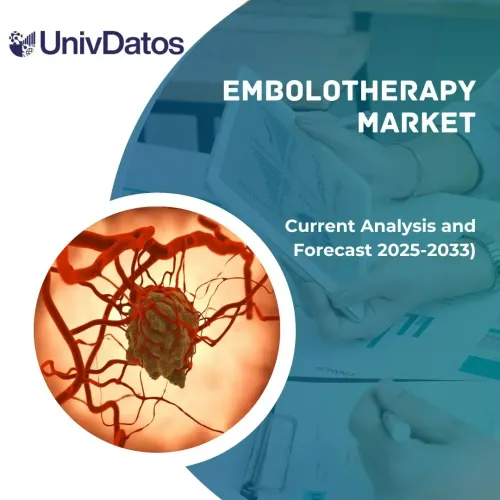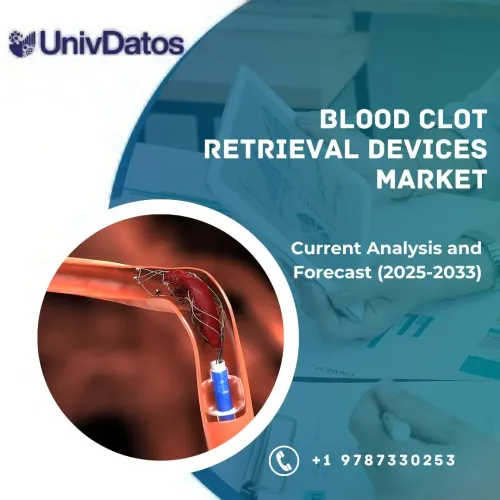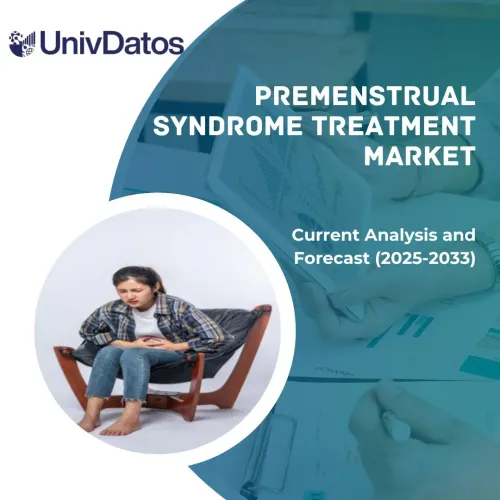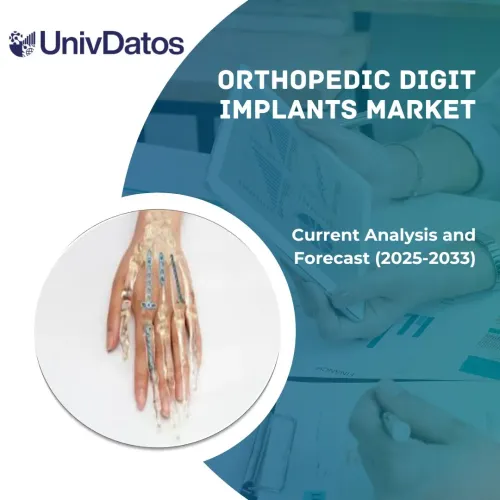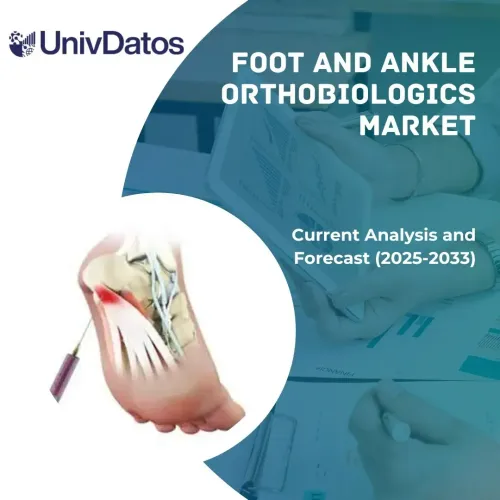- Home
- About Us
- Industry
- Services
- Reading
- Contact Us
OTC Braces and Supports Market: Current Analysis and Forecast (2022-2028)
Emphasis on Product (Knee Braces & Supports, Ankle Braces & Supports, Upper Extremity Braces & Support, and Others); Application (Ligament Injury Repair, Osteoarthritis, Preventive Care, And Others); End-User (Orthopedic Clinics, Hospitals & Pharmacies, And Others); Region/Country.
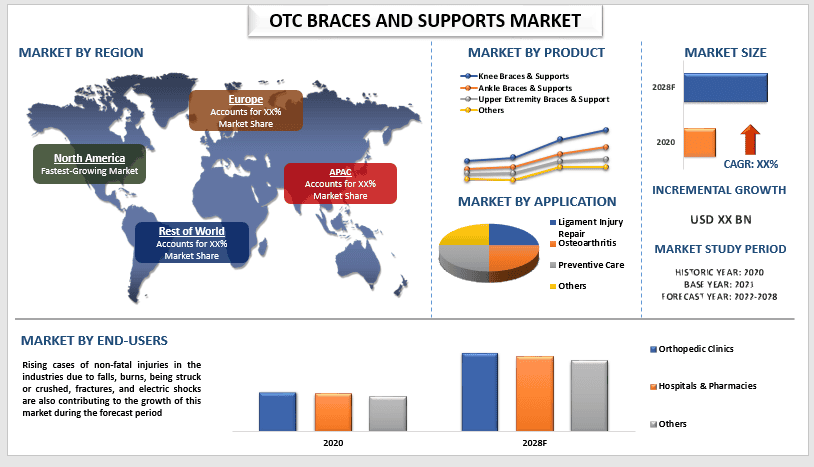
The OTC braces and supports market is expected to witness a CAGR of around 5% during the forecast period (2022–2028). The OTC (over the turn) braces and supports are medical devices, designed in a way that is used to properly align, correct the position, support, and protect certain body parts as they heal from trauma or injuries such as ankle & ligament injury, and knee injury & replacement. In addition, these braces are helpful in the treatment of various sports injuries such as ACL (anterior cruciate ligament) tears, hairline fractures, ankle sprains, hamstring strains, and tennis elbow Moreover, rising government expenditure or development of new technologies or products launching by the market players are also expected to drive the demand for OTC braces and supports over the forecast period. For instance, in September 2021, Össur HF launched the REBOUND ACL brace. This product is help patients recovering from anterior cruciate ligament (ACL) injury.
Some of the major companies operating in the OTC braces and supports market include 3M Company, ALCARE Co. Ltd., Bauerfeind Ag, Bird & Cronin LLC, Breg Inc., Deroyal Industries Inc., Medi GMBH & Co. Kg, Össur Hf, THUASNE SA., Zimmer Biomet
Insights Presented in the Report
“Amongst product, the ankle braces & supports category accounted for the significant share in the market in 2020”
Based on product, the OTC braces and supports market is segmented into knee braces & supports, ankle braces & supports, upper extremity braces & support, and others. Among these, the ankle braces & supports category is anticipated to witness a lucrative growth rate during the forecast period. This is mainly due to the rising trauma cases in the geriatric population, ligament injury repair, and osteoarthritis. Moreover, rising cases of osteoporosis across the globe are also contributing to the growth of this market during the forecast period. For instance, as per the International Osteoporosis Foundation (IOF), worldwide, osteoporosis causes more than 8.9 million fractures annually
“Amongst application, the preventive care category is expected to witness the significant CAGR during the forecast period”
Based on application, the OTC braces and supports market is segmented into ligament injury repair, osteoarthritis, preventive care, and others. The preventive care category is anticipated to witness a significant growth rate during the forecast period. This is mainly due to increasing cases of musculoskeletal injuries and the growing adoption of OTC braces and support products in preventive care. Moreover, back injuries, hip injuries, hand injuries, and ankle injuries because of fractures in sports activities or accident cases are also contributing to the growth of this market during the forecast period. For instance, as per the International Osteoporosis Foundation (IOF), annually around 8.9 million fracture cases are registered Worldwide.
“Amongst end-user, the hospitals & pharmacies category is expected to witness the significant CAGR during the forecast period”
Based on end-user, the OTC braces and supports market is segmented into orthopedic clinics, hospitals & pharmacies, and others. The hospitals & pharmacies category is anticipated to witness a considerable growth rate during the forecast period. This is mainly due to the treatment for fractures performed in the hospitals, and the availability of skilled healthcare professionals. Moreover, rising cases of non-fatal injuries in the industries due to falls, burns, being struck or crushed, fractures, and electric shocks are also contributing to the growth of this market during the forecast period. For instance, the Centers for Disease Control and Prevention (CDC), shows that 22,887,137 patients were estimated who reported to the emergency department for non-fatal injuries in 2020 in the U.S.
“North America to witness significant growth during the forecast period”
For a better understanding of the market, the report provides a detailed analysis of major regions and countries including North America (U.S., Canada, Rest of North America); Europe (Germany, U.K., France, Spain, Italy, Rest of Europe); Asia-Pacific (China, India, Japan, Rest of Asia-Pacific) and Rest of World. North America accounted for a considerable market share during the forecast period. Owing to, the large hospital administration of the patients, rising demand for medical devices due to the surge of injuries or surgeries. Moreover, increasing cases of arthritis in the region will also drive the growth of the market during the forecast period in the region. For instance, the Centers for Disease Control and Prevention (CDC), estimates that 1 in 4 (or 54.4 million) US adults have some form of arthritis, a figure that is projected to reach 78 million by the year 2040.
Reasons to buy this report:
- The study includes market sizing and forecasting analysis validated by authenticated key industry experts.
- The report presents a quick review of overall industry performance at one glance.
- The report covers an in-depth analysis of prominent industry peers with a primary focus on key business financials, product portfolio, expansion strategies, and recent developments.
- Detailed examination of drivers, restraints, key trends, and opportunities prevailing in the industry.
- The study comprehensively covers the market across different segments.
- Deep dive regional level analysis of the industry.
Customization Options:
The OTC braces and supports market can further be customized as per the requirement or any other market segment. Besides this, UMI understands that you may have your own business needs, hence feel free to connect with us to get a report that completely suits your requirements.
Table of Content
Research Methodology for the OTC braces and supports market Analysis (2022-2028)
Analyzing the historical market, estimating the current market, and forecasting the future market of the OTC braces and supports market were the three major steps undertaken to create and analyze the adoption of the OTC braces and supports market in major regions globally. Exhaustive secondary research was conducted to collect the historical market numbers and estimate the current market size. Secondly, to validate these insights, numerous findings and assumptions were taken into consideration. Moreover, exhaustive primary interviews were also conducted, with industry experts across the value chain of the OTC braces and support market. Post assumption and validation of market numbers through primary interviews, we employed a top-down/bottom-up approach to forecasting the complete market size. Thereafter, market breakdown and data triangulation methods were adopted to estimate and analyze the market size of segments and sub-segments of the industry pertains to. Detailed methodology is explained below:
Seek More Details About Research Methodology
Analysis of Historical Market Size
Step 1: In-Depth Study of Secondary Sources:
Detail secondary study was conducted to obtain the historical market size of the OTC braces and supports market through company internal sources such as annual reports & financial statements, performance presentations, press releases, etc., and external sources including journals, news & articles, government publications, competitor publications, sector reports, third-party database, and other credible publications.
Step 2: Market Segmentation:
After obtaining the historical market size of the OTC braces and supports market, we conducted a detailed secondary analysis to gather historical market insights and share for different segments & sub-segments for major regions. Major segments are included in the report as product, application, and end-user. Further country-level analyses were conducted to evaluate the overall adoption of testing models in that region.
Step 3: Factor Analysis:
After acquiring the historical market size of different segments and sub-segments, we conducted a detailed factor analysis to estimate the current market size of the OTC braces and supports market. Further, we conducted factor analysis using dependent and independent variables such as various products, application, and end-user of the OTC braces and supports market. A thorough analysis was conducted for demand and supply-side scenarios considering top partnerships, mergers and acquisitions, and business expansion, in the OTC braces and supports market sector across the globe.
Current Market Size Estimate & Forecast
Current Market Sizing: Based on actionable insights from the above 3 steps, we arrived at the current market size, key players in the OTC braces and supports market, and market shares of the segments. All the required percentage shares split, and market breakdowns were determined using the above-mentioned secondary approach and were verified through primary interviews.
Estimation & Forecasting: For market estimation and forecast, weights were assigned to different factors including drivers & trends, restraints, and opportunities available for the stakeholders. After analyzing these factors, relevant forecasting techniques i.e., the top-down/bottom-up approach were applied to arrive at the market forecast for 2028 for different segments and sub-segments across the major markets globally. The research methodology adopted to estimate the market size encompasses:
- The industry’s market size, in terms of revenue (USD) and the adoption rate of the OTC braces and supports market across the major markets domestically
- All percentage shares, splits, and breakdowns of market segments and sub-segments
- Key players in the OTC braces and supports market in terms of solutions offered. Also, the growth strategies adopted by these players to compete in the fast-growing market
Market Size and Share Validation
Primary Research: In-depth interviews were conducted with the Key Opinion Leaders (KOLs) including Top Level Executives (CXO/VPs, Sales Head, Marketing Head, Operational Head, Regional Head, Country Head, etc.) across major regions. Primary research findings were then summarized, and statistical analysis was performed to prove the stated hypothesis. Inputs from primary research were consolidated with secondary findings, hence turning information into actionable insights.
Split of Primary Participants in Different Regions
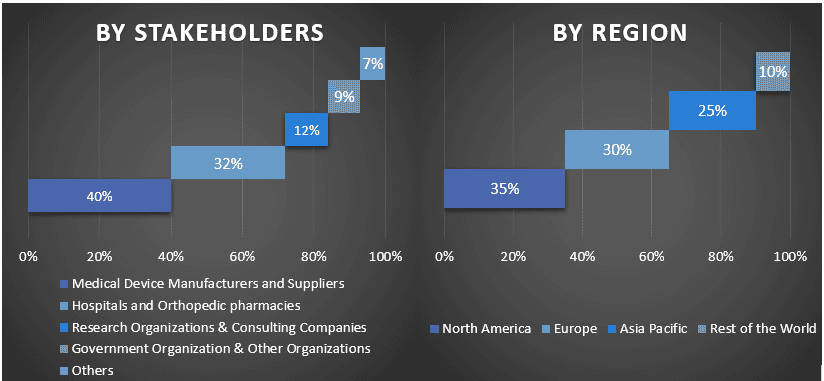
Market Engineering
The data triangulation technique was employed to complete the overall market estimation and to arrive at precise statistical numbers for each segment and sub-segment of the OTC braces and supports market. Data was split into several segments & sub-segments post studying various parameters and trends in the areas of product, application, and end-user in the OTC braces and supports market.
The main objective of the OTC braces and supports market Study
The current & future market trends of the OTC braces and supports market were pinpointed in the study. Investors can gain strategic insights to base their discretion for investments on the qualitative and quantitative analysis performed in the study. Current and future market trends determined the overall attractiveness of the market at a regional level, providing a platform for the industrial participant to exploit the untapped market to benefit from a first-mover advantage. Other quantitative goals of the studies include:
- Analyze the current and forecast market size of the OTC braces and supports market in terms of value (USD). Also, analyze the current and forecast market size of different segments and sub-segments
- Segments in the study include areas of product, application, and end-user.
- Define and analysis of the regulatory framework for the OTC braces and support market industry.
- Analyze the value chain involved with the presence of various intermediaries, along with analyzing customer and competitor behaviors of the industry.
- Analyze the current and forecast market size of the OTC braces and supports market for the major region.
- Major regions and countries studied in the report include North America (U.S., Canada, Rest of North America); Europe (Germany, U.K., France, Spain, Italy, Rest of Europe); Asia-Pacific (China, India, Japan, Rest of Asia-Pacific) and Rest of World.
- Company profiles of the OTC braces and supports market and the growth strategies adopted by the market players to sustain in the fast-growing market
- Deep dive regional level analysis of the industry
Related Reports
Customers who bought this item also bought



